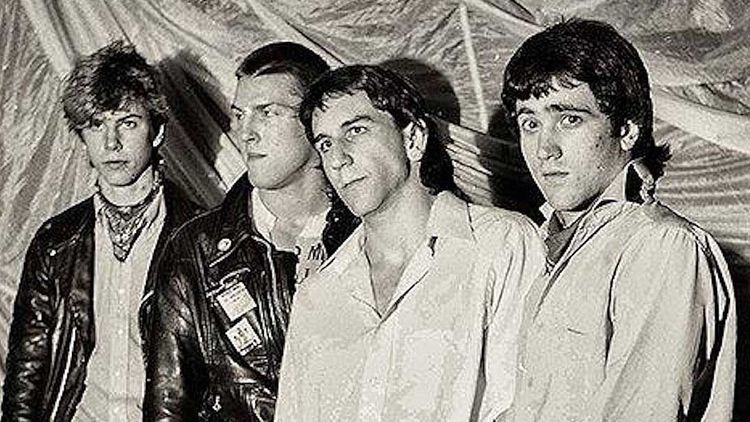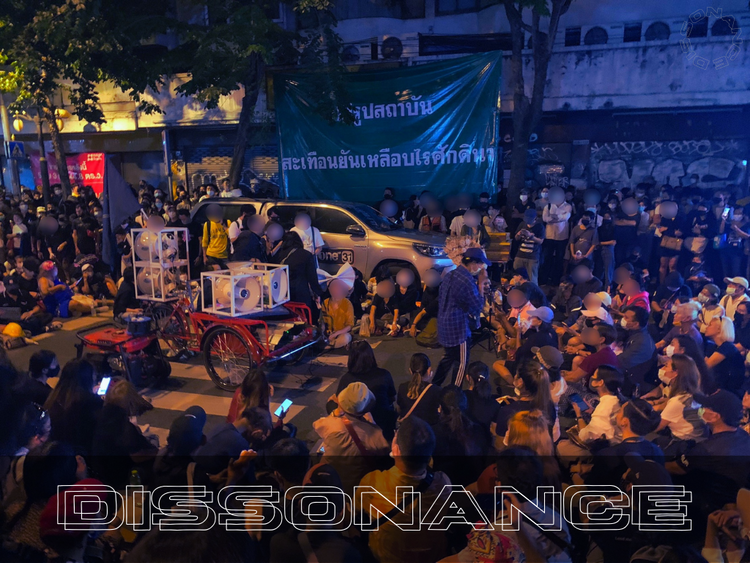The Music of Mario

The “Super Mario” franchise is one of the most well-known pieces of media around the world. Almost equally recognizable to the stout, red hat-wearing and vaguely Italian man is the tune he runs and jumps to, titled “Overworld.” The above ground level theme debuted in the original “Super Mario Bros.,” released in 1985. Though there were many innovations to Nintendo’s new game, one standout departure was the involvement of a dedicated composer in the project.
Koji Kondo, born in Nagoya, Japan in 1960, had been musically inclined since childhood, practicing piano and discovering jazz and fusion. In university, his interests swayed towards synthesizers and computers, which culminated in a fascination with the music of the 1983 “Mario Bros.” arcade game. Kondo was the first-ever hired composer by a video game company, and though Nintendo wouldn’t have known it at the time, the work Kondo would go on to produce would be some of the most influential in the world of video games.
The “Overworld” theme was so popular that it remained on the Billboard ringtone charts for 125 weeks after Billboard began tracking ringtone sales in November 2004. This tune, possibly the most recognizable sequence to emerge from a video game, was also the track that took the longest to compose. Kondo has described his three guiding principles for composition craft as interactivity, rhythm and balance. This fundamental trio is best actualized in the impressive synchronicity of Mario’s running and jumping with the soundtrack.
In interviews, Kondo has repeatedly stated he sees the purpose of a soundtrack is to “heighten the feeling of the game controls,” and his methods achieve just that, via a bit of psychology and music theory. For example, as Mario jumps between in the first level, the music changes: percussive triplets with a syncopated duple melody are inserted. The platform leap induces anxiety in the player, and the off-beat nature of the soundtrack serves to reinforce that experience.
Possibly more impressive than just the synchronization and mood innovations to the soundtrack were the project’s physical limitations that Kondo managed to overcome. The sound chip of the Nintendo Entertainment System, or NES, was capable of producing just five channels: two square waves, one triangle wave, a noise-generation channel and a channel with a basic sample bank. As James Anthony Fox explored in his article “‘It’s A-Me, Mario!’ Exploring Dynamic Changes and Similarities in the Composition of Early Nintendo Video Game Music,” Kondo used clever techniques to elevate the soundtrack beyond its console’s technical shortcomings.
Through an in-depth analysis of the NES sound chip, Fox identified a pattern: The triangle wave typically generated bass lines, the square waves for harmony and lead effects, and the sample banks for percussion. Not only limited by output signals, Kondo also faced severe console memory constraints. Kondo created novel interlocking sets of loops, which could be interchanged and repeated to avoid tedium. Notably, Fox identified that the entire “Castle” theme of the game was composed of variants on a repeating nine-second loop.
In the 37 years since Kondo joined Nintendo, the company has continued to innovate their soundtracks as technology modernizes. The first fully-orchestrated work, a departure from their 8-bit synthesizers, was featured in 2007’s “Super Mario Galaxy.” The next development came in 2018’s “Super Mario Odyssey,” which contained the first theme featuring vocals. “Odyssey,” which stands at 126 tracks (of which, Kondo composed 14) and four hours in length, is a far cry from its ancestral six-track soundtrack fashioned from nine-second loops.
Nintendo’s step out of the norm in 1984, hiring a dedicated composer, was an experiment that paid off. Kondo’s simple, yet highly nuanced themes from the extremely limited resources of the NES, created something fantastic and abstract: it set off a generation of composers with the influence of the “Overworld” theme ingrained in their heads, aiming to develop their own soundtracks with interactivity, rhythm and balance matching that of Kondo’s excellence. The iconic “Overworld” theme has almost transcended the Mario games itself, a tune so catchy, so nostalgic, so memorable that it can be recognized in the absence of Mario himself, worldwide.
This piece was originally published on Oct. 27, 2021 in Horizons Newspaper, the student-run publication from the Embry-Riddle Aeronautical University's Prescott campus.




